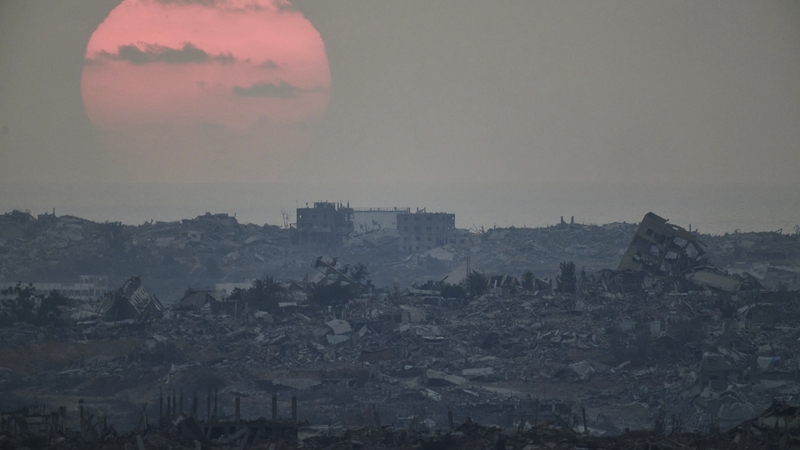On August 8, Israel’s security cabinet approved Prime Minister Benjamin Netanyahu’s revised approach to Gaza. The aim: seize control of Gaza City while enabling humanitarian aid routes for civilians beyond active combat zones. Notably, this plan stops short of the full Gaza Strip occupation Netanyahu once vowed.
At its core, the strategy rests on five pillars: disarm Hamas, free remaining hostages, demilitarize Gaza, maintain Israeli security oversight, and install an alternative civilian administration in Gaza. This pivot reflects battlefield realities, internal politics, and mounting global pressure.
Meanwhile, Gaza’s humanitarian crisis has deepened. The Health Ministry reports over 61,000 Palestinians killed and 90% of the region’s 2.1 million residents displaced. Food shortages have reached catastrophic levels, with UN agencies warning of imminent famine.
Hamas has accused Netanyahu of sidelining the fate of the 50 remaining Israeli hostages—20 of whom are feared alive—and warned that the operation might seal their fate.
Regional voices were quick to condemn the plan. The Palestinian Authority, Jordan and Saudi Arabia rejected Netanyahu’s vision of governance by unspecified 'Arab forces,' insisting that Gaza’s security belongs with legitimate Palestinian institutions.
Internationally, warnings have poured in. The UN cautioned against 'catastrophic consequences' for civilians and hostages alike. Germany halted arms exports to Israel, while UK Prime Minister Keir Starmer called the move counterproductive. Australia, Finland and Türkiye highlighted potential breaches of international law over mass displacement.
Even the United States has taken a measured stance. While acknowledging Gaza’s dire needs, Washington stopped short of endorsing the new framework or broader political solutions.
With humanitarian alarms sounding and diplomatic cracks widening, Israel’s latest Gaza plan faces a critical test: can it secure security goals without a genuine roadmap to lasting peace?
Reference(s):
cgtn.com




